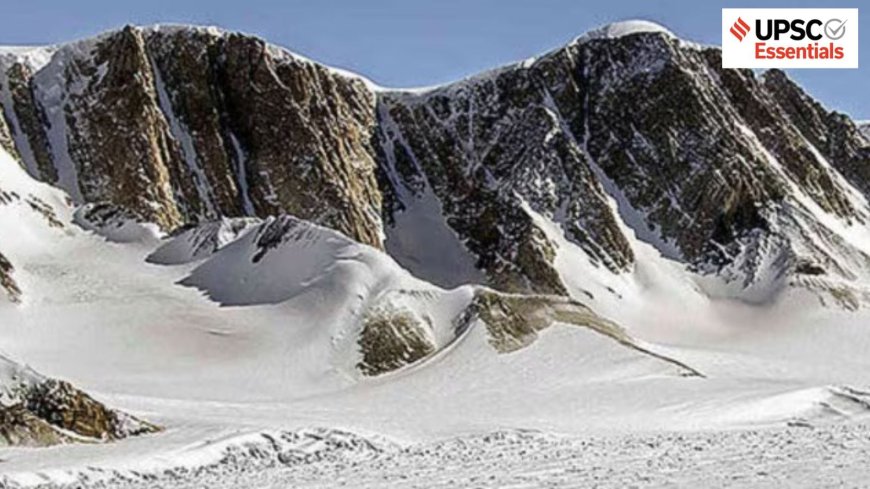Water and climate security at risk due to low snow levels in Hindu Kush region

Water and Climate Security at Risk Due to Low Snow Levels in Hindu Kush Region
Asarkari - Sarkari News, Jobs & Updates
By Priya Sharma, Team Asarkari
The Hindu Kush mountain range, often referred to as the "water towers" of South Asia, is currently facing a critical threat due to alarming declines in snow levels. This decrease not only jeopardizes water security across the region but also raises serious concerns about climate stability moving forward. Understanding the multi-faceted implications of this phenomenon is crucial for the well-being of millions who depend on these vital water resources.
Introduction: A Crucial Resource Under Threat
The Hindu Kush mountains are a significant source of freshwater for rivers that flow into Afghanistan, Pakistan, and northern India. They provide essential water supplies to farmers, households, and urban areas. However, recent studies indicate that the snow levels in this region have reached some of the lowest recorded in history. This alarming trend poses a grave threat to both water availability and climate patterns, necessitating urgent attention and action.
The Impact of Low Snow Levels
Snow serves as a natural reservoir, accumulating during the winter and gradually melting to feed rivers throughout the hotter months. With declining snowfall, the implications are immense:
- Water Shortages: The reduction in snow levels could lead to severe water shortages for agriculture, drinking water, and sanitation.
- Increased Competition: Scarcity might lead to increased tensions between communities as competition for water resources escalates.
- Ecological Changes: Changes in water flow can disrupt local ecosystems, affecting biodiversity and habitat stability.
- Climate Feedback Loops: The loss of snow cover can exacerbate global warming, creating a feedback loop that accelerates climate change effects.
Regional and Global Implications
The concerns extend beyond the immediate region. The Hindu Kush is closely linked to extensive river systems that are crucial for neighboring countries. Low snow levels can lead to reduced river flows, which can impact agricultural outputs, economic stability, and even lead to political conflicts.
Furthermore, the changes observed here can be seen as a microcosm for patterns of climate change experienced elsewhere. Monitoring how the Hindu Kush responds to these changes can inform global understanding of climate resilience.
Actions Needed to Address the Crisis
Addressing the water and climate security crisis in the Hindu Kush region requires collective action from governments, NGOs, and local communities. Suggested measures include:
- Climate Action Initiatives: Implementing policies to mitigate climate change effects is imperative.
- Water Management Plans: Developing effective water resource management strategies can help in better distribution and usage of water.
- Community Engagement: Involving local communities in conservation efforts ensures sustainable practices are followed.
Conclusion: The Path Forward
The urgency of the situation in the Hindu Kush cannot be overstated. With millions depending on the region’s water resources, ensuring water and climate security is vital. Immediate action, combined with long-term planning, will be crucial in mitigating the crisis and protecting these essential ecosystems.
For more updates on climate and water security, visit Asarkari.
Keywords
Water security, climate change, Hindu Kush region, low snow levels, agriculture, water management, ecological changes, climate resilience, South Asia, freshwater resources.What's Your Reaction?
 Like
0
Like
0
 Dislike
0
Dislike
0
 Love
0
Love
0
 Funny
0
Funny
0
 Angry
0
Angry
0
 Sad
0
Sad
0
 Wow
0
Wow
0








































